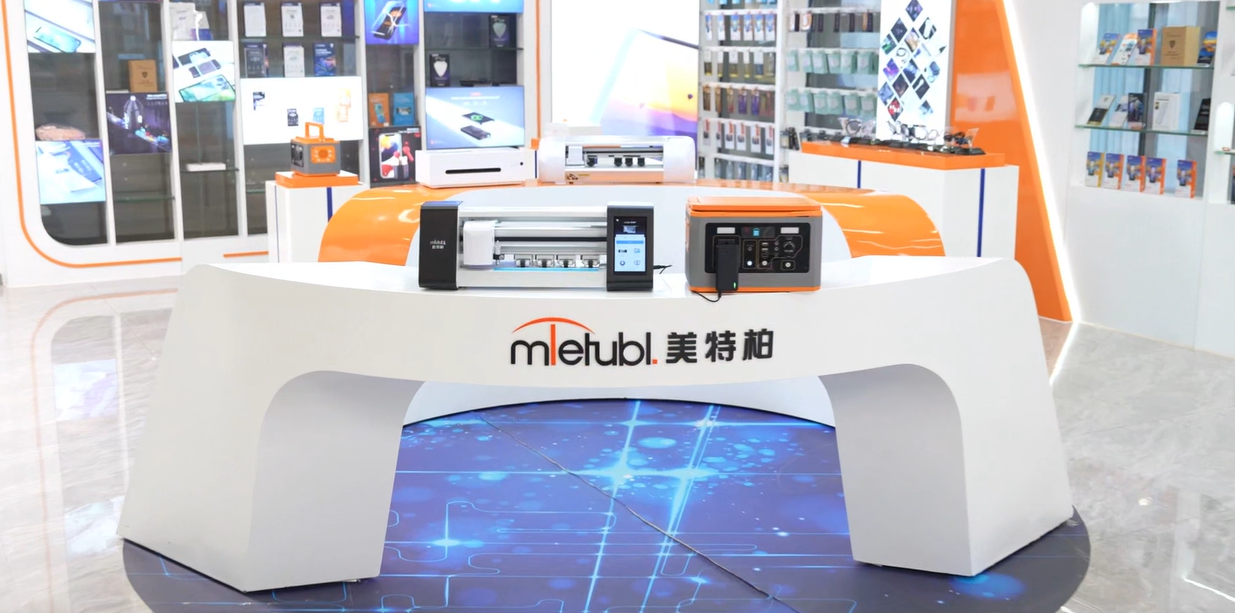
MIETUBL Brand Overview
MIETUBL is a brand originating from China and thriving through China’s intelligent manufacturing. It is committed to providing high-quality mobile accessories and related products to global consumers. Since its inception in 1998, the brand has followed the trends of the times, focusing on resource integration and building a symbiotic and shared industry ecosystem, enabling global consumers to conveniently access quality products that enhance their lives.
By continuously innovating and diversifying its product offerings, MIETUBL has achieved significant success in the mobile accessory industry. As a brand driven by customer value and innovation, MIETUBL has expanded into various product applications while accumulating rich industry experience and establishing a stable customer base. Headquartered in Zengcheng, Guangzhou, the company has strategically positioned itself within the mobile accessory industry, integrating high-quality production resources and aiming for a win-win business model.
Core Values and Development Vision:
-
Customer-Centric: MIETUBL always prioritizes customer needs, continually enhancing product quality and consumer experience through innovation and technological research and development.
-
Resource Integration and Industry Symbiosis: By integrating industry resources, MIETUBL creates a symbiotic, shared industry ecosystem, connecting global distributors and consumers, and promoting mutual growth across the value chain.
-
Global Vision: MIETUBL is committed to bringing Chinese manufacturing to the world, providing global consumers with high-quality, innovative mobile accessories, while offering profitable opportunities for distributors.
MIETUBL’s long-term vision is to continually enhance its products through innovation and quality, establishing “MIETUBL” as a globally trusted brand, recognized in markets around the world.
PRODUCTS
How to Determine If a Tempered Glass Protector Fits Your Phone Model
Checking the Manufacturer's Specifications
The most reliable way to ensure a perfect fit is to carefully examine the manufacturer's specifications. Most reputable brands clearly state the phone models their screen protectors are designed for. Look for this information on the product packaging, the online listing, or the manufacturer's website. The listing should specifically mention your phone model, not just a general screen size. For instance, a protector listed as "compatible with iPhone 13 Pro Max" is different from one that says "compatible with 6.7-inch phones." The former indicates precise compatibility, while the latter is more general and could potentially lead to a mismatch.
Pay close attention to details like the exact model number of your phone (e.g., iPhone 13 Pro Max, Samsung Galaxy S23 Ultra). Even minor variations in model numbers can lead to significant differences in screen dimensions and curvature, affecting the fit of the protector. Don't rely solely on images; always cross-reference the visual representation with the detailed text specifications.
Measuring Your Phone's Screen
If you can't find clear specifications or are unsure about the listed compatibility, you can manually measure your phone's screen. Use a ruler or measuring tape to accurately determine the length and width of your phone's display. Compare these measurements to the dimensions provided by the screen protector manufacturer. It's crucial to remember that the listed dimensions for the protector typically refer to the *usable* area, not the entire protector itself. Slight discrepancies are possible, but significant differences should raise concerns.
While measuring the screen is helpful, it's not a foolproof method. The curvature of the screen plays a vital role in compatibility. A flat screen protector won't adhere properly to a curved display, resulting in lifting and compromised protection at the edges. Therefore, relying solely on screen measurements isn't sufficient for models with curved screens.
Considering Screen Curvature
Modern smartphones often feature curved screens, adding a layer of complexity to screen protector compatibility. Tempered glass protectors are designed to accommodate these curves to varying degrees. Some are designed for completely flat screens, others for mildly curved screens, and some specifically cater to heavily curved displays. If your phone has a curved screen, look for screen protectors explicitly designed for "curved screens" or "3D curved screens." Failure to do so may result in the protector lifting at the edges, leaving your screen vulnerable.
The description might use terms like "full coverage," "edge-to-edge," or "full screen." While these phrases suggest good coverage, they don't always guarantee a perfect fit for every curved screen. Again, cross-reference visual representations with textual descriptions to understand how the protector accommodates the curvature. Check customer reviews for visual evidence of fit on similar phone models.
Reading Customer Reviews and Comparing Products
Before purchasing, read customer reviews from other users who have purchased the screen protector for the same phone model. Pay attention to comments regarding the fit, adherence, and overall experience. Negative reviews often highlight compatibility issues, such as improper fit or air bubbles. Look for images included in reviews; these can provide visual confirmation of the protector's fit on your specific phone model. Comparing reviews across different products can also help you make an informed decision.
By carefully considering the manufacturer's specifications, measuring your phone's screen (with awareness of its limitations), acknowledging the screen curvature, and thoroughly reviewing customer experiences, you can significantly improve your chances of selecting a perfectly fitting tempered glass screen protector. This ensures optimal screen protection and a positive user experience.
SUBSCRIBE
INQUIRY